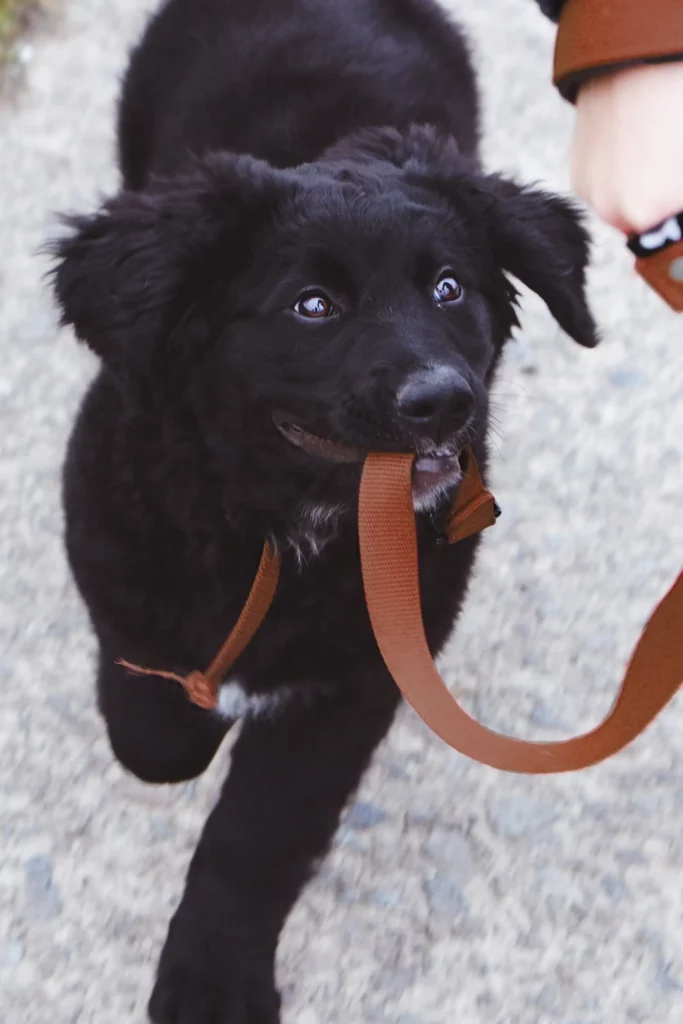What is LIMA dog training?
Least Intrusive, Minimally Aversive dog training LIMA training is a style of dog training designed by the Certification Council for Professional Dog Trainers (CCPDT) to be the least intrusive and minimally aversive as possible. LIMA training aims to help dogs learn desired behaviors while minimizing stress and anxiety. LIMA training relies heavily on positive reinforcement, such as treats and praise, and avoids using punishment or corrections.
Host of nationally and internationally recognized training bodies, including The Kennel Club, The British Institute of Professional Dog Trainers, The American Kennel Club as well as a number of private dog training organizations support Lima dog training.
LIMA dog training principles : least intrusive minimally aversive
- Use positive reinforcement to teach desired behaviors.
- Avoid using punishment or corrections.
- Keep training sessions short and fun.
- Be consistent with your commands and rewards.
- Be patient while training your dog.
Use positive reinforcement to teach desired behaviors
Most dogs will respond to positive reinforcement, which means rewarding them when they perform a desired behavior. And any method has it pros and cons, even to the purely positive reinforcement method.

Pet owners need to celebrate every time your dog pees or poops outside. Give them baby talk or a treat, jump up & down, pat their little heads & remind them of how brilliant that decision was. Yes it might look silly, but your pup needs to know he’s done the best thing ever. When you consistently praise your puppy for going potty outside they’ll start to understand that it’s the correct decision, and one that leads to super fun happy time.
Avoid using punishment in training your dog
Avoid using punishment or corrections to train your dog. That’s because dogs who are punished by you once the wrong behavior has occurred will associate the punishment with the wrong behavior, rather than the desired behavior. Reward your dog immediately when he or she displays the desired behavior.
Don’t punish your dog for playing tug-of-war. Dogs love to play and tug-of-war is a great game for them to play. After all, it’s natural for dogs to want to tug on something. The key is to make sure that the toy that they are tugging on is safe and not something that they could accidentally swallow or that could break and hurt them.

When you correct your dog verbally, those corrections should be short, sharp and to the point. Avoid going on a rant about the dog’s “badness” or “misbehavior”. Not only is this ineffective, but the dog will become scared and confused. Keep your corrections short and straight to the point, so that your dog understands what you expect of him.
Keep training sessions short and fun
If you make training sessions too long, your dog will lose attention and you’ll have a harder time keeping her focused. It’s best to keep training sessions to less than 15 minutes, or about the length of your dog’s attention span.
Start by teaching your dog basic commands, such as sit, stay, come, down and heel. Once your dog masters these, you can move on to more complicated tricks.
Here are some tricks you can teach your dog:
- Sit up: Get your dog to sit on her haunches and wave her paw.
- Roll over: Get your dog to lie down, then roll her over onto her back.
- Speak: Get your dog to bark on command.
- Play dead: Get your dog to lie down, then roll her over onto her back and remain in that position as if she’s dead.
- Spin: Get your dog to spin in a circle.
- Crawl: Get your dog to lie down, then crawl forward on her belly.
- Fetch: Teach your dog to fetch a toy or ball.
- Jump: Teach your dog to jump over an object.
Be consistent with your commands and rewards and be patient
If you have a dog that doesn’t seem to understand what you say, try different tones of voice when you are giving commands. The tone of your voice can indicate that you’re serious and that you mean business. If your dog still doesn’t understand, you should get an animal behavior specialist to help you.
Be consistent when giving your dog commands. This is an area where a lot of dog owners have a problem, especially when you won’t feed your dog from the table but your spouse will. Make sure that everyone in your home understands what’s acceptable so that the dog will receive a clear message. That will make him more likely to obey.
Dogs learn at their own pace, so be patient and don’t get frustrated if your dog doesn’t seem to be progressing as quickly as you’d like.
Training resources in accordance to LIMA, please find here.
“LIMA” Recommended Trainers, here.
Conclusion
The basic idea behind LIMA is that dogs can be taught to perform desired behaviors by rewarding them for performing those behaviors. This is done by using a system of positive reinforcement, in which dogs are given rewards (such as treats or praise) for performing desired behaviors. The goal of LIMA is to help dogs learn desired behaviors quickly and effectively, while also reducing the likelihood of them developing unwanted behaviors.
Avoid using punishment or corrections to train your dog. Utilize only positive reinforcement to train your dog. Use a marker signal to communicate to your dog that he is doing something right.
Use a clicker, whistle, or verbal marker to communicate with your dog. Make sure your dog is motivated to learn. Start with basic commands and work your way up to more difficult commands.
However, balanced dog training also the preferred way by many as it use a combination of positive and negative reinforcement.
side note: watch out for these claims in dog-training ads.
